September 2015
I just returned from a two lovely weeks of Spanish language school in Guatemala. I know, I know, we Iive in Mexico, but in the six months that we have been sailing the waters of the Sea of Cortez I have not noticed an improvement in my communication skills. I have, however, had innumerable moments of wide-eyed incomprehension and a desire for more fulfilling conversation than “Donde esta el baño.” So I had been dreaming about going to language school in Guatemala for months and was thrilled to find the perfect opportunity when Jonah was busy doing a month of work in Arizona with his family business, High Spirits Flutes. I cashed in some airline miles and headed to San Pedro La Laguna.
Let me start by saying that I LOVE Guatemala and have spent quite a bit of time there over the years. After college (2002) I spent about nine months backpacking around Central America solo, exploring, doing random volunteer jobs for free room and board, and doing a whole lot of soul searching. I spent four months in Guatemala, first doing Spanish language immersion school (since back then I spoke not a lick) and then traveling all over the small country learning what I could about the beautiful, friendly, and peaceful Mayan inhabitants that sport more colors in one outfit than I have in my entire closet.
Back then Guatemala was just six years out of a horrific 36-year civil war. The people were torn, cautious, and deeply wounded by their losses. The country was experiencing a great deficit of resources and as well as land for the many refugees pouring back in from all sides. It was sad to learn about such loss and devastation. Guatemala’s civil war was sparked by the living conditions during the rule of a violent military dictator. He took over power in 1954 when a military coup lead by the U.S. overthrew the democratically elected president. The American company United Fruit, who controlled much Guatemalan land, was able to cry “communism!” during the frenzy of the cold war, and we in turn delivered the death blow to democracy in Guatemala, at least for a few decades. In short, entire villages were massacred so that the rich could get richer and the world could eat cheap bananas. Unfortunately, nearly all the Central American countries that I visited had a similar story of U.S. backed dictators and wars. The more I learned the more difficult it became to hold my head high as an American. But somehow the people took me in, were caring, loving, helpful, and won my heart.
Most of the people of Guatemala are of indigenous Mayan decent. Unlike the USA and Costa Rica, the indigenous were not forced onto reservations and instead make up the greater population of the country. However, the major cities have a large percentage of “Ladinos” or, Spanish decent Guatemaltecos, who hold most of the government and high profile positions. Unfortunately, racism and the marginalization of Mayans is ever-present (although improving). There are over twenty different Mayan ethnicities in Guatemala, each with its own language, traditions, foods and textiles. Many have kept certain traditions alive but Catholicism and Evangelicalism have largely replaced the practice of ancient Mayan ceremonies. In villages, the generations over 50 years old speak very little Spanish; they prefer their native language. But it is understood by everyone that Spanish is the language of progress and opportunity, so all the younger generations speak it as a common second language. In fact, for a few decades all schooling was taught exclusively in Spanish and the indigenous languages were beginning to be lost. Fortunately, enough people voiced concern and legislation was recently passed requiring that the Mayan language of each region be taught as a class in schools. This is seen as a big step in acknowledging the importance of Mayan culture. Perhaps because Spanish is not their first language, Guatemalans speak much slower and more clearly than Mexicans and folks from other Latin American countries. This is one reason that Guatemala is the best place in the world to learn Spanish. AND they sing their words! I love walking down the street and hearing “buenosss diiiiiiiaas” sung as a response to my morning greeting.
Another reason why Guatemala is the best place in the world to learn Spanish is that classes are inexpensive and of high quality. Here’s how the immersion-learning process works. Classes are held for a week at a time with each day consisting of four hours of one-on-one with a qualified teacher. Because class is so long and tailored to your needs, class time is often split between a couple hours of grammar lessons and a couple hours of chatting (in Spanish). We chat about every subject under the sun as well as go out for coffee or chocolate covered bananas… you know, for more practice. During this week you live with a family that only speaks to you in Spanish. Time spent with your family is as important and educational as the classes. There is nothing like a bit of discomfort at the dinner table to motivate you to study so that tomorrow morning’s breakfast conversation is more fulfilling. Most schools also provide free evening activities to compliment the experience. While I was there, these included salsa dancing lessons, a documentary about the recent civil war in El Salvador, a seminar about the Mayan calendar, a tour of a coffee farm, and a hike to the top of a volcano. So you get five days of one-on-one classes, seven days of family homestay, three meals a day, and lots of activities for $200 USD a week. That’s a pretty dang good deal! Because this is such a popular place to learn Spanish, there are language schools in just about every big city or touristy town. The small village of San Pedro La Laguna (population ~2000) alone has seven different schools to choose from. I chose La Cooperativa de San Pedro because it is a well-respected school with experienced teachers. I also like that it is owned and managed by a group of the teachers, has a beautiful garden setting, and a portion of the tuition goes to feeding and housing some of the poorest families in the town.
This was not my first time at La Cooperativa de San Pedro. I spent three weeks at this school some eight years back. I have been learning Spanish for a long time… I guess about 13 years now. I learn a bit more every few years then go back to my English-speaking life and forget everything. Though it does come back pretty fast each time I return to a Spanish-speaking country. At this point I am READY to be fluent and I think this time period of traveling down the coast of Mexico and Central America is the best opportunity I am ever going to have. I just want to get it right.
San Pedro is one of several villages nestled upon the banks of Lago Atitlan. This large lake is surrounded on all sides by steep green mountains, three of which are volcanoes. This land is beautiful and rich with culture. The villages on one half of the lake are Kaqchikel Mayan and on the San Pedro half the people are Tz’utujil Mayan. Each have their own languages and wear different textiles. The lake itself was created by a large volcanic eruption, making a crater 1,120ft deep that is now filled with water and life. The lake is traversed all day long by “lanchas”, or water taxis, that take locals, tourists, and goods back and forth to the various lakeside villages. The people depend greatly on this body of water for food (several species fish and crabs), washing (bodies and clothes), tourism, and some even drink it (not advised).
Eight years ago I swam in the lake in the heat of every day, but this time I refrained after hearing from numerous residents that the water near the village is no longer safe to swim in. Years of increased nutrient input from farms, runoff, sewage, and washing caused a massive bloom of the invasive macroalgae Hydrilla. This is now thickly lining the shoreline of each pueblo and has to be removed monthly by volunteers to make way for the navigation of the lanchas and so that the people who still swim, bathe, and wash their clothes in the lake wont get all tangled. More recently there has also been bloom of cyanobacteria that can cover the surface with a green film during the summer and has been known to at times include toxic species as well as cause skin rashes on swimmers. No thanks! Since my last visit extensive rains had caused the lake level to rise a couple of meters… yes a whopping 6-7 feet! Many buildings that once lined the water’s edge were now half submerged. It was eerie to watch men fishing in a submerged basketball court and mooring their boats to the soggy ruins of a former home. I have to admit it was disappointing to view the state of Lago Atitlan and not to be able to swim, and I was filled with concern for the people who depend so much on a body of water that is clearly in decline. There are various groups that have attempted remediation projects but many of the towns lack suitable sewage treatment facilities and without this infrastructure the lake is unlikely to improve much.
My two weeks in San Pedro were pretty sweet. I had an incredible experience with my family, who took me in and treated me like one of their own. Maida and Mauricio, a couple in their 30’s with a 3 yr. old daughter named Abex, share the house with Mauricio’s parents Santos and Magdalena. The house was bustling and active with family all who live in the surrounding neighborhood. My room and private bathroom were simple, clean, and comfortable. The women cooked all day long and the food was diverse, delicious, and always included tortillas. Guatemalans eat SO many tortillas, with every single meal, that are made fresh daily. In fact the grandparents of the house primarily eat tortillas (10-15 per meal) and only a small amount of other food (even though it’s available). Most families in San Pedro grow their own corn on small plots in the rich volcanic soil of the surrounding hills. My host family grows their share for the year, and then harvests, decobs, and stores it in a small silo at the house. Everyday dried corn is soaked in a large pot and boiled with cal (lime) to remove the skins. It is ground into maza by the neighborhood mil, who’s smoke-belching generator rumbles to a start at 6am. Then comes the music of women clapping the round pancakes into shape, to be cooked on a wood-fired grill. I can get lost in the significance of tortillas, the daily ceremony of slow food and soft rhythm that can be heard echoing off metal roofs any time of day, providing the background to life in the pueblo.
My host dad Mauricio is a local sport champion. The house is full of trophies. A basketball court is where he really shines, but it was the tail end of football season during my stay. He plays goalie for one of the 50 teams in San Pedro, and the league was in the midst of semifinals. Maida and Abex go to all of his games and I joined them for a few during my stay. Although his team always won, they were good, close games. It was a hoot hearing the otherwise soft-spoken Mayans yelling fervently at the players in Tz’utujil. San Pedro has a brand new stadium in its first year of use that the village is very proud of. There are at least two games a day during the season and admission is free for all. Kids all run across the field playing ball during halftime and nibble on the yummy stadium snacks: halved oranges with a savory powder sprinkled on each half or frozen choco-bananas that a guy sells out of a cooler.
My teacher Lourdes was an amazing educator of both Spanish and of the customs, culture, changes, and politics in San Pedro and beyond. We had a lot of time to chat and it was a blessing to be paired with someone that has similar interests and a desire to share more than just the language. A week before I arrived, Guatemala held federal and city elections. Lourdes worked on the campaign of the young and energized Mayoral candidate who ended up winning. Because of this and other recent happenings she was feeling elated and full of hope for positive changes.
The people of Guatemala are overall feeling politically charged right now because of some recent events that have made history in the country. Starting a few months ago a scandal was revealed involving the embezzlement of millions of federal dollars by the president, vice president and some other officials. Government corruption is nothing new in Guatemala but the blatant, transparent evidence sparked massive protests. Using social media as the primary tool for spreading the word the people took to the streets, calling for justice. They did not let up and after months of peaceful protests, the president and vice president not only resigned but are now in jail. This unprecedented event was a small miracle. During the civil war, now 19 years ago, those who spoke out against the government were killed. University professors, musicians, even friends of people who voiced dissent simply disappeared. This made speaking out, even behind closed doors, intimidating to say the least. But this summer the people spoke out in unison and they won! The election of a couple weeks ago narrowed the new presidency down to two candidates that most people don’t feel very excited about, but a monumental change has occurred. Guatemalans finally feel empowered and trust that their voices can be heard and elicit change. They also trust that a clear message has been sent to future officials, “we have no more patience for corruption.” This was a very different Guatemala than the one I first visited so long ago.
San Pedro La Laguna treated me well once again. I learned a ton of Spanish, met some interesting folks, and got reacquainted with a country for which my love has not dimmed. Sure the lake is need of rehabilitation; and “gringolandia” (the touristy side of town by the lake) has grown into something not Guatemalan in the least. But the traditional village charmed me and drew me in. I can’t wait to return, hopefully with Jonah in tow next time. Perhaps as we sail down the coast we’ll find ourselves within bus ride distance to this magical land of color and corn.

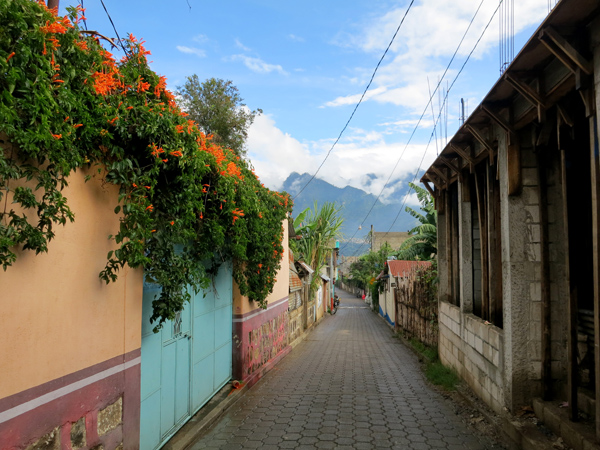
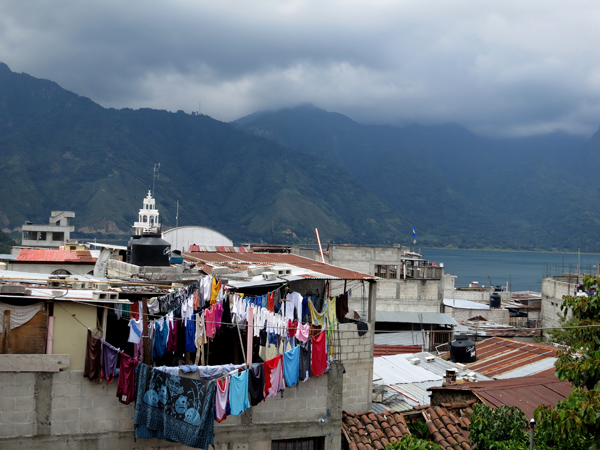
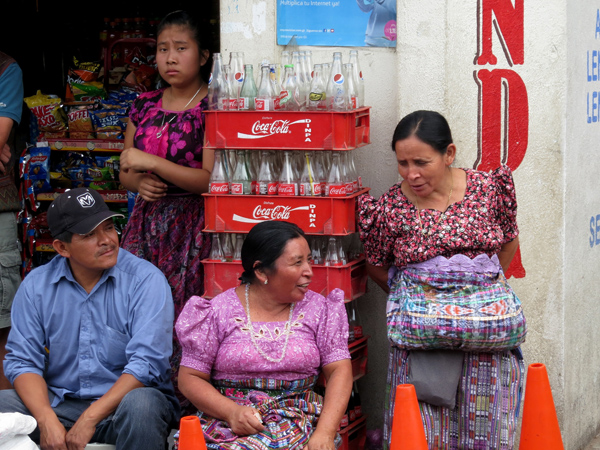
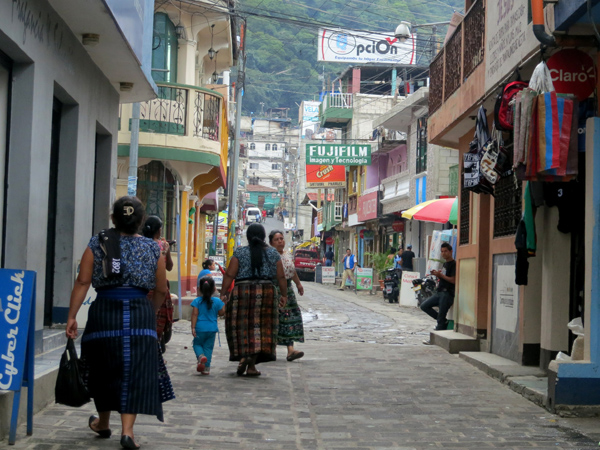
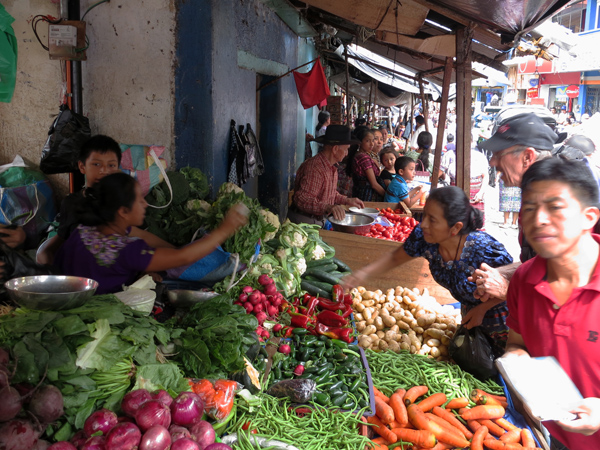
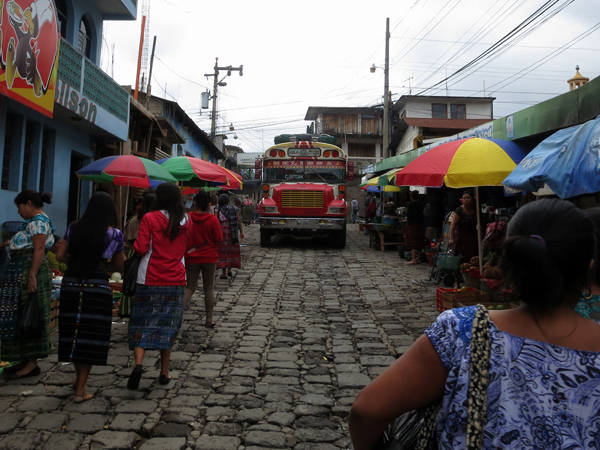
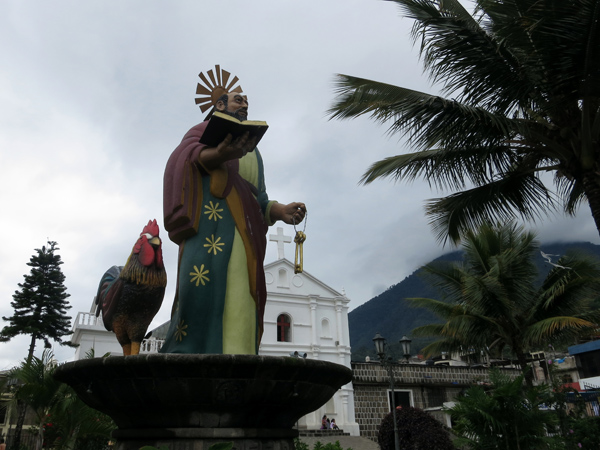
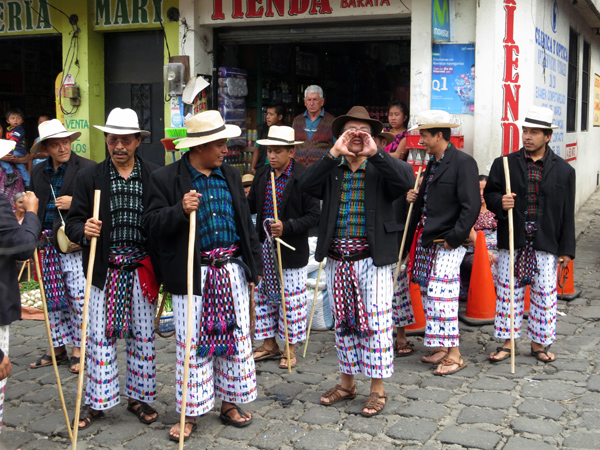
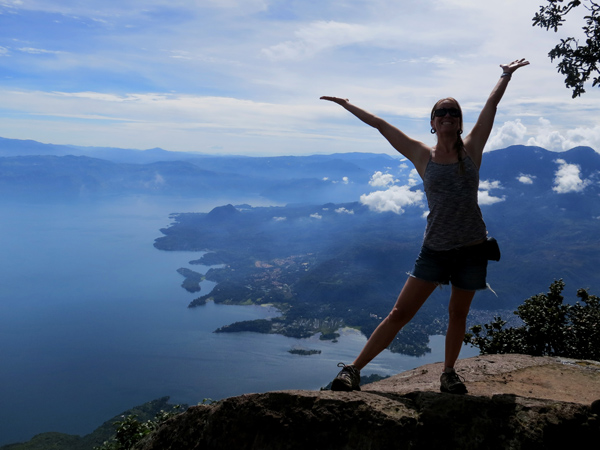
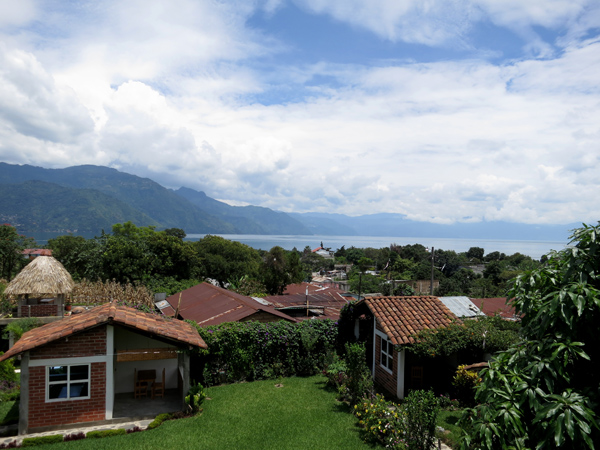
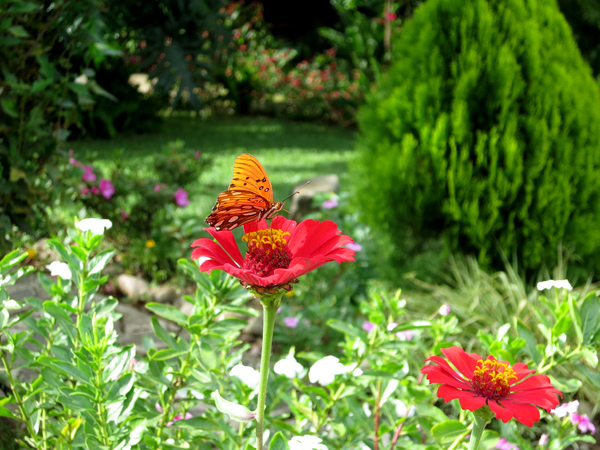
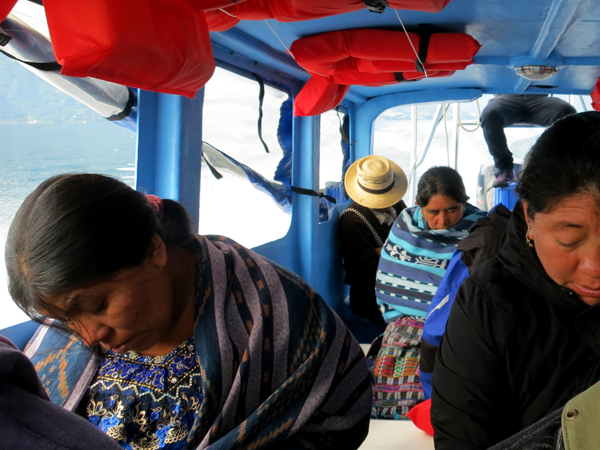
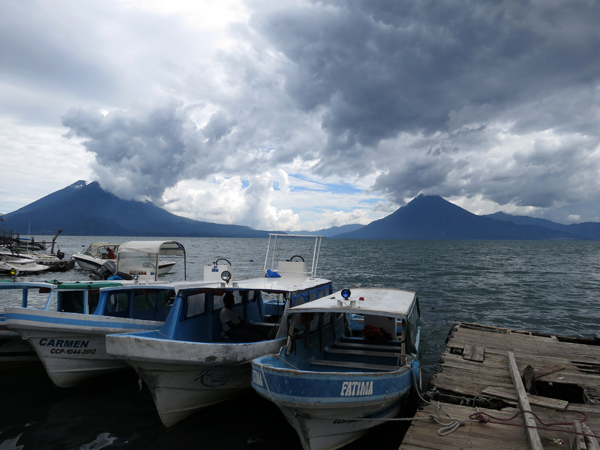
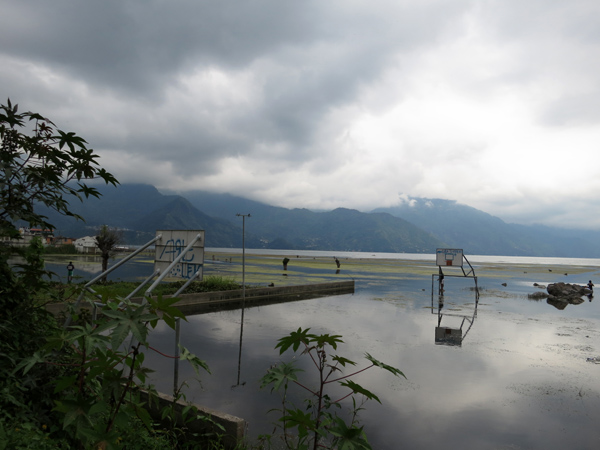
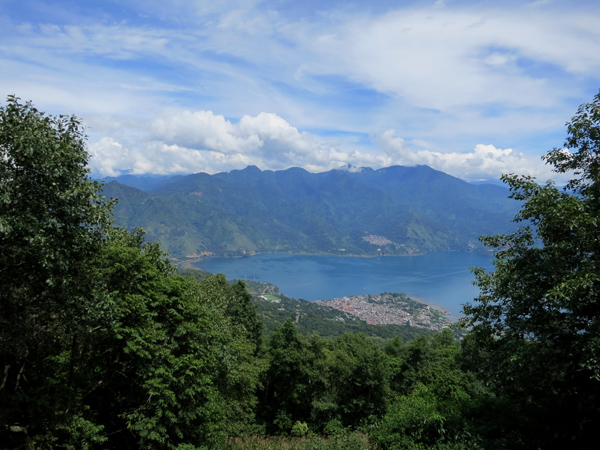
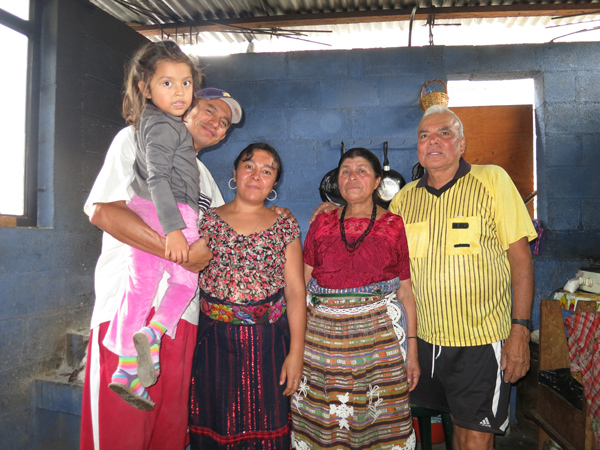
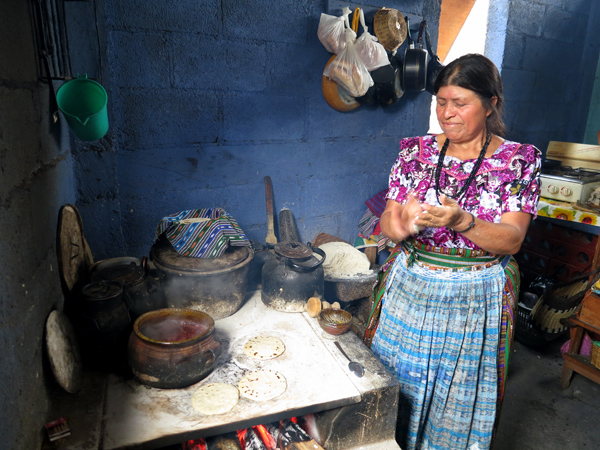
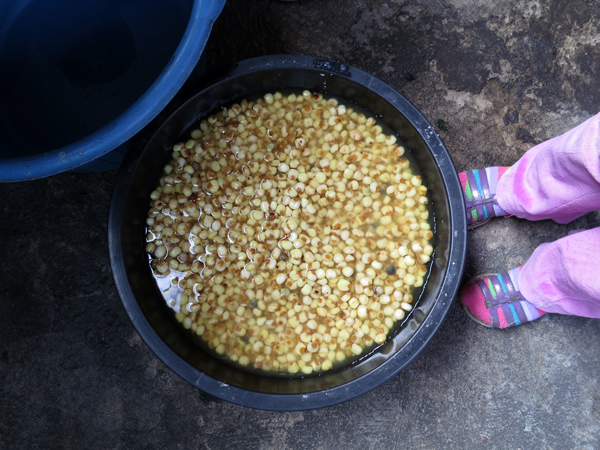
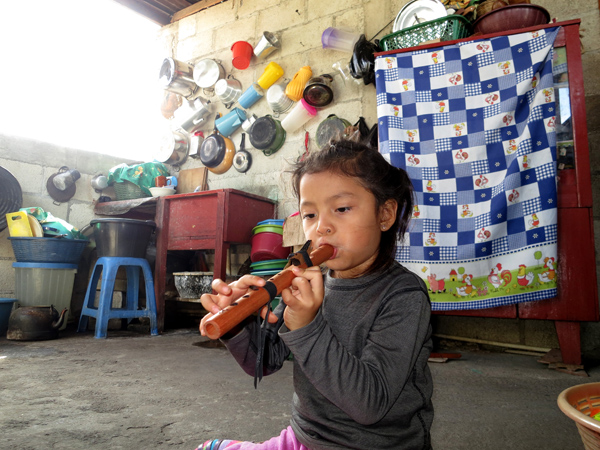
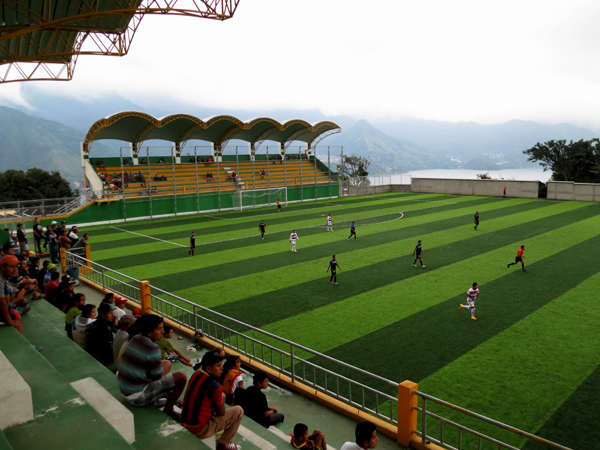
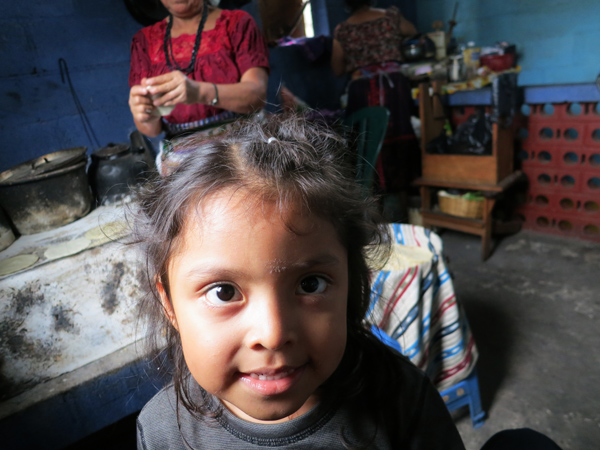
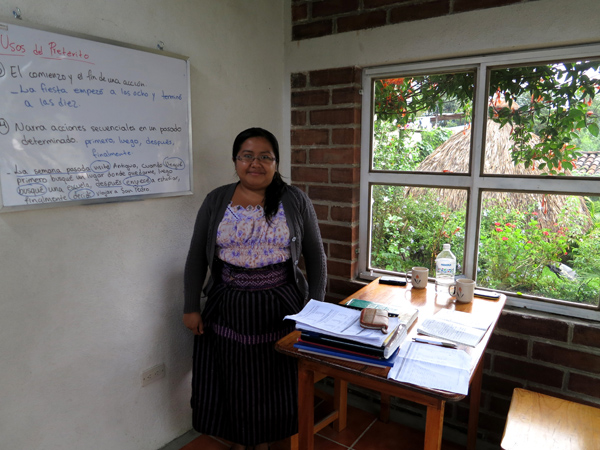
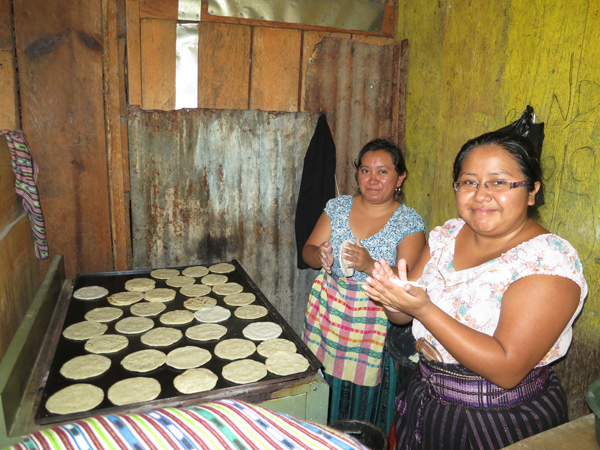
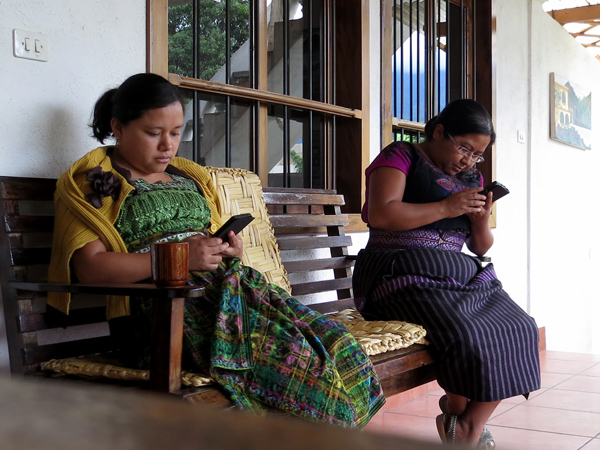
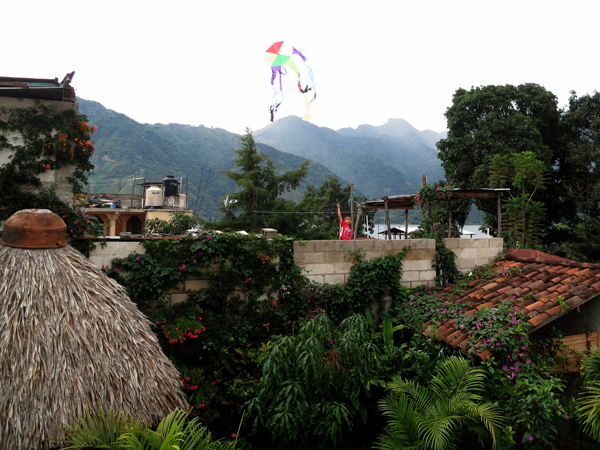





Lovely travelog report, my dear!
Thanks Dida. It was a great experience.